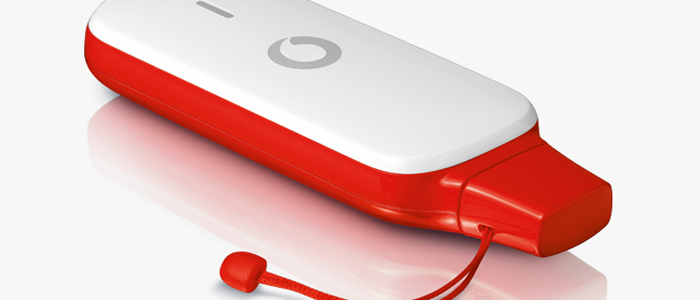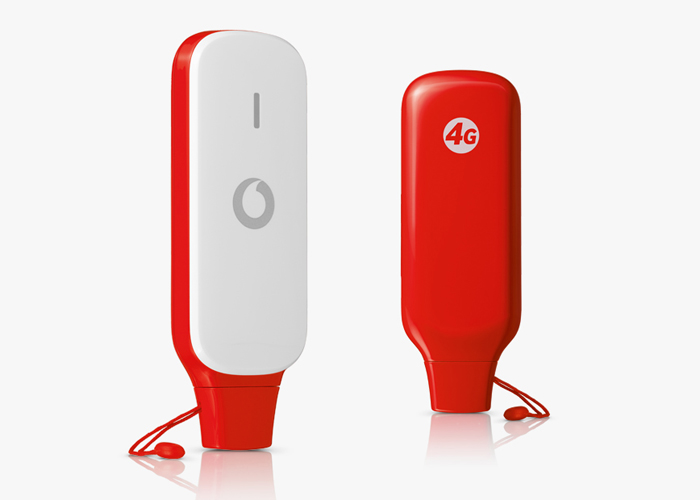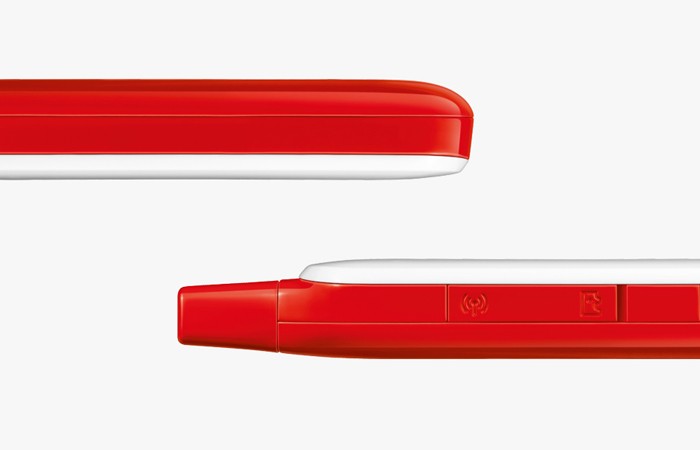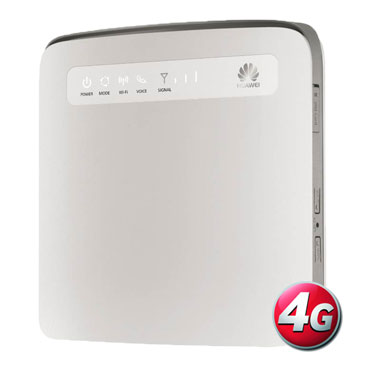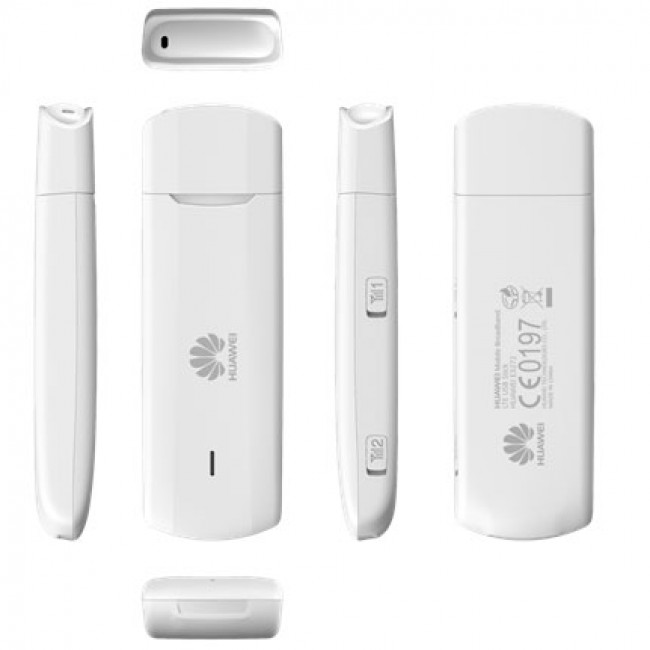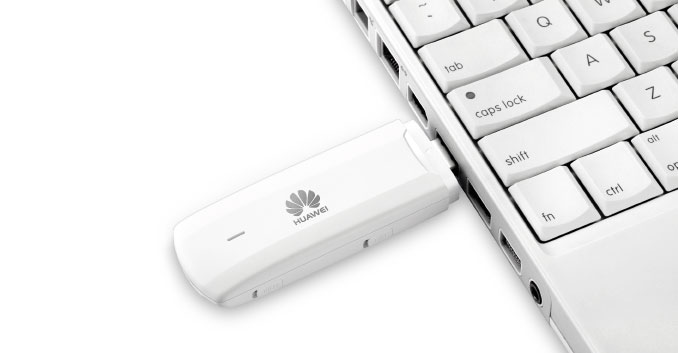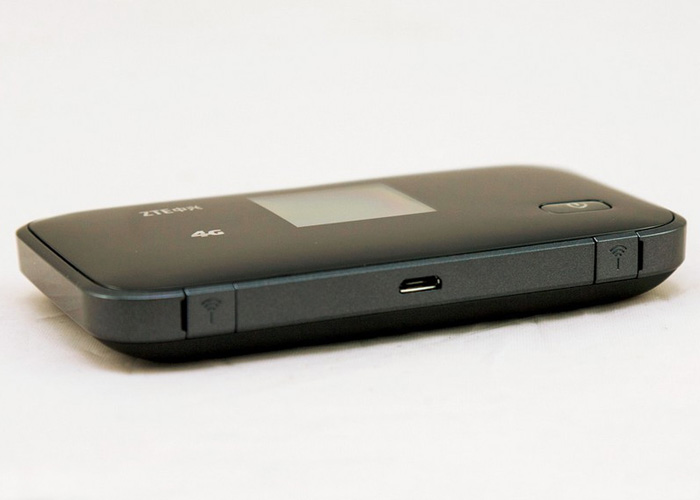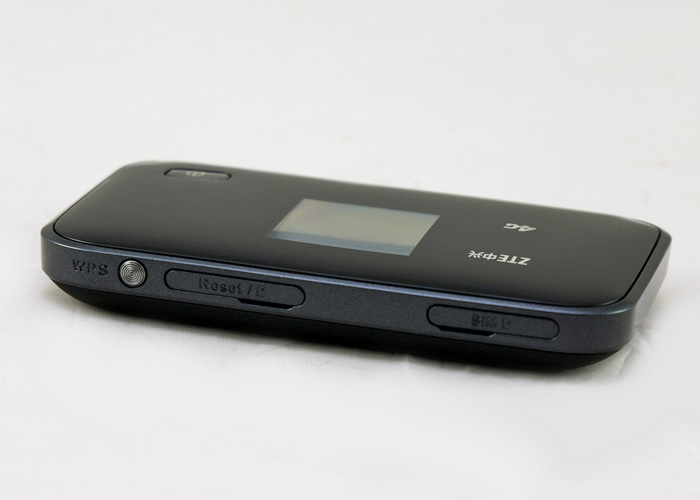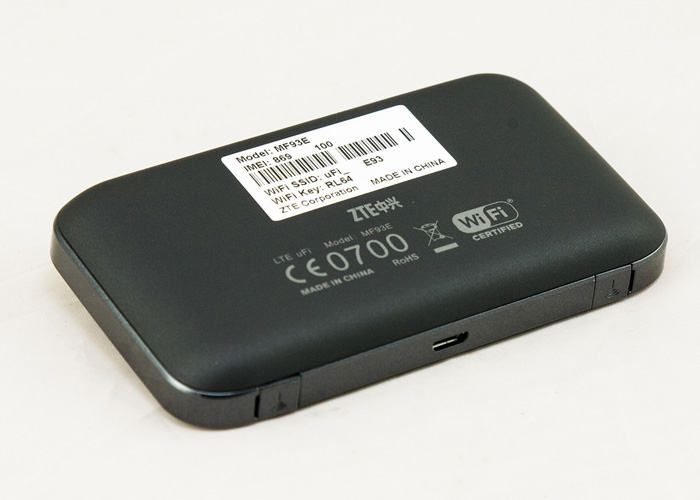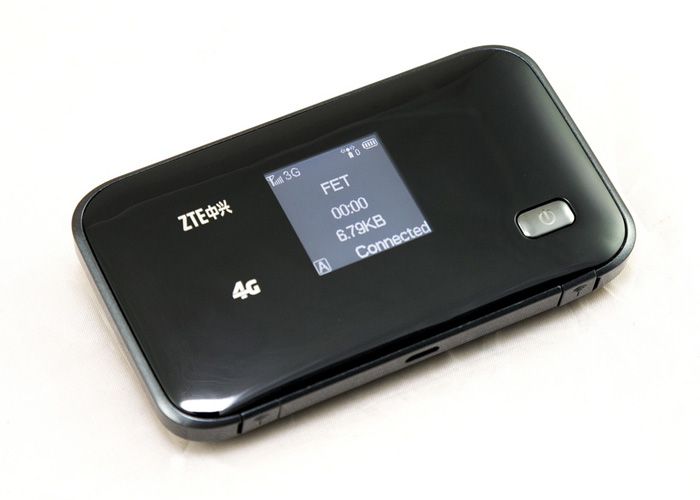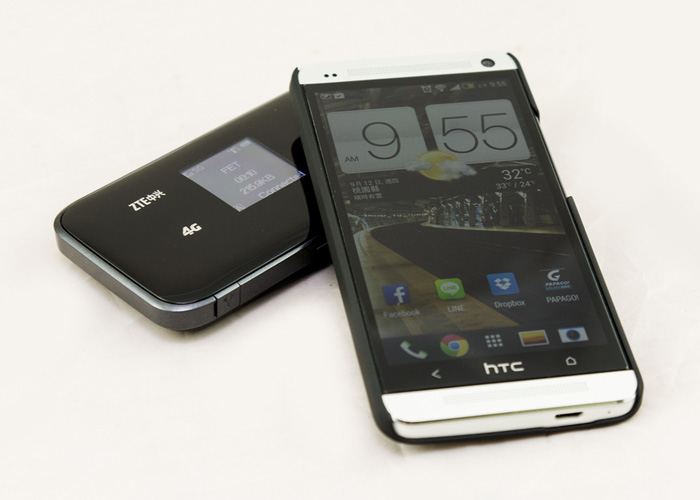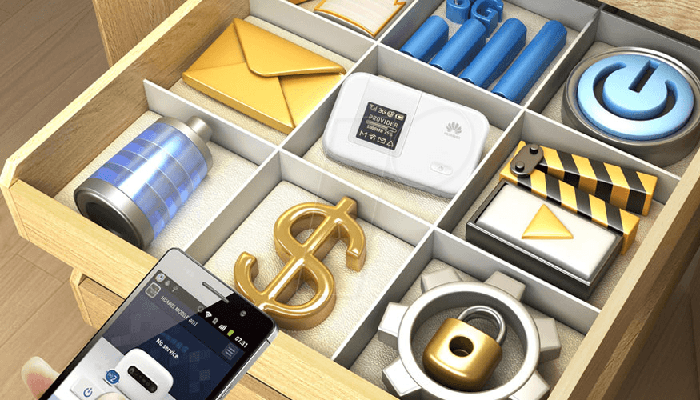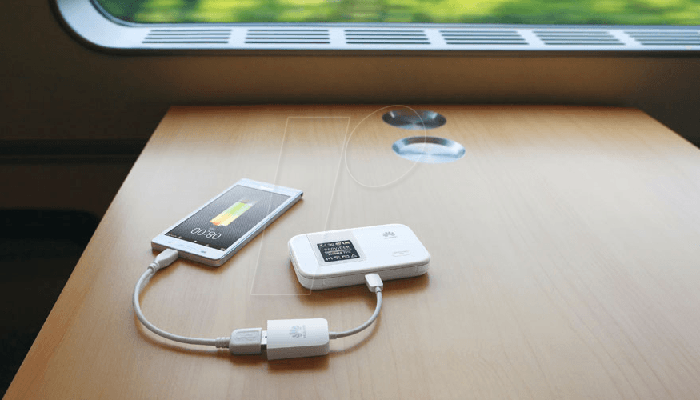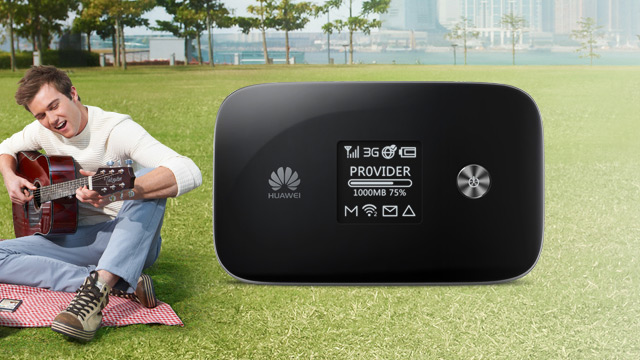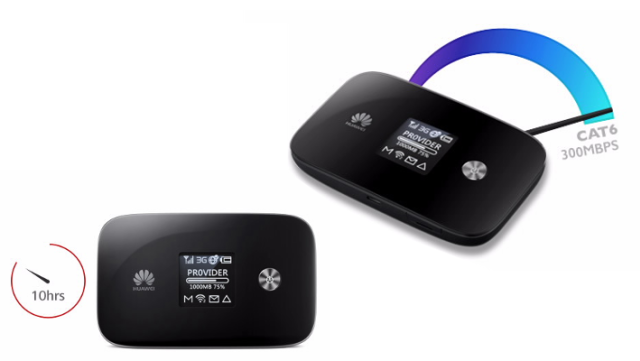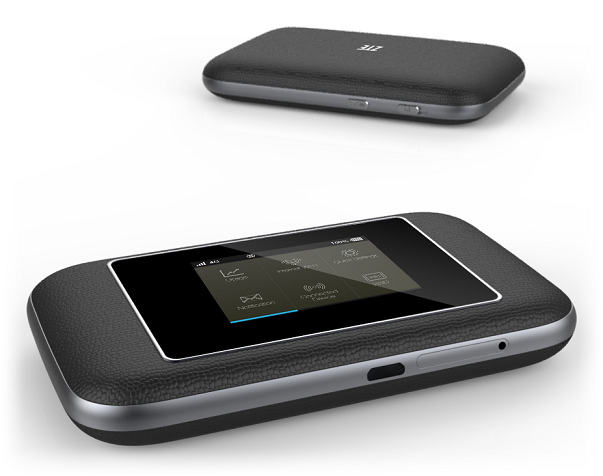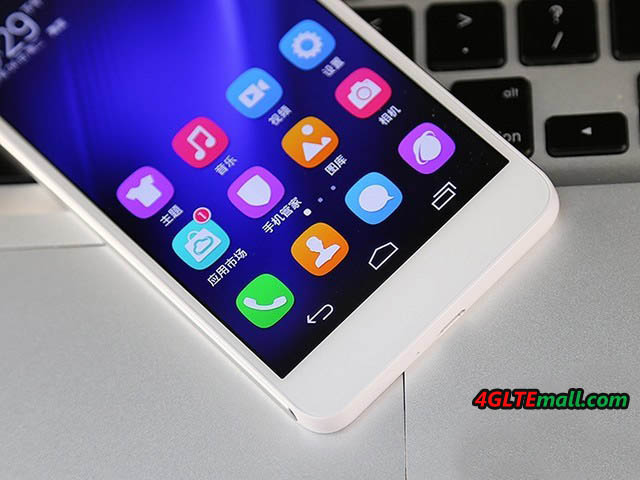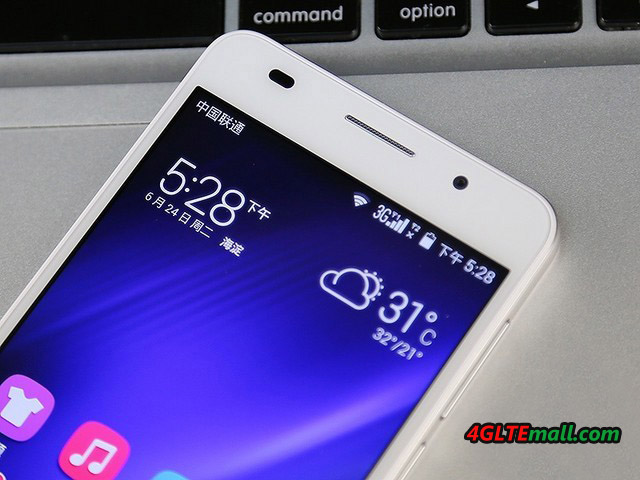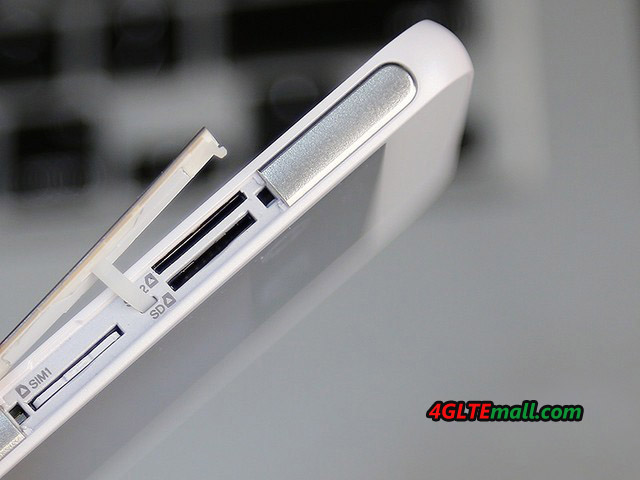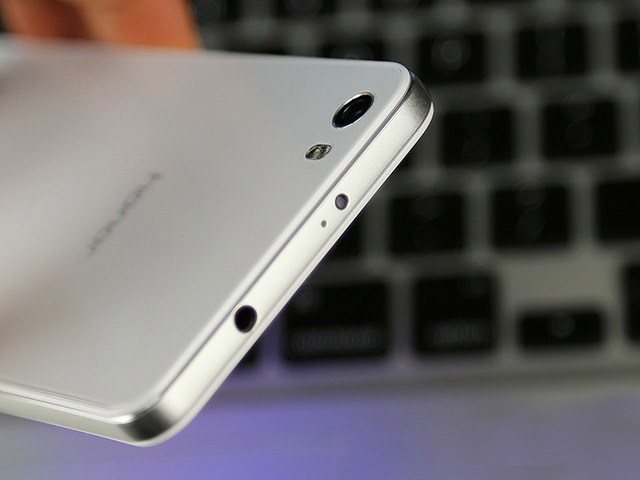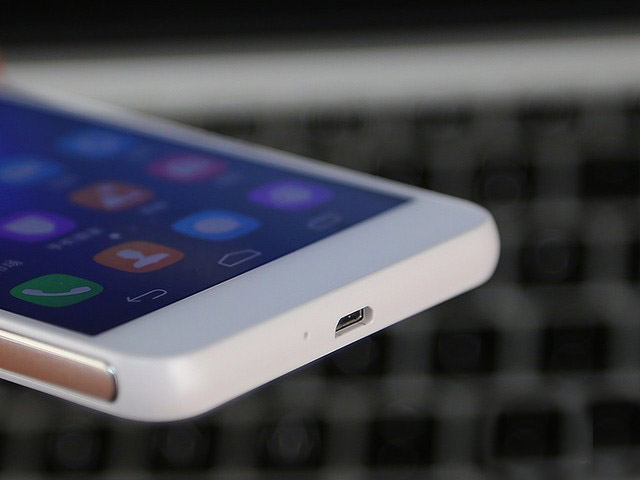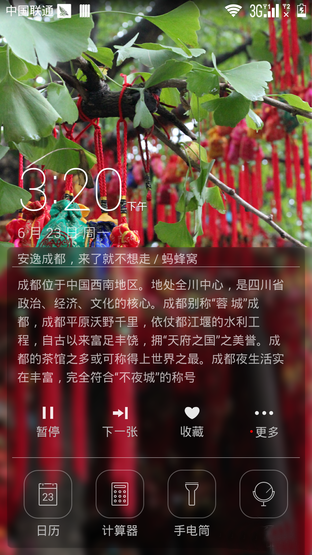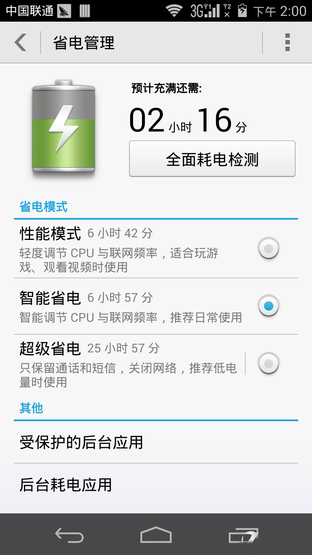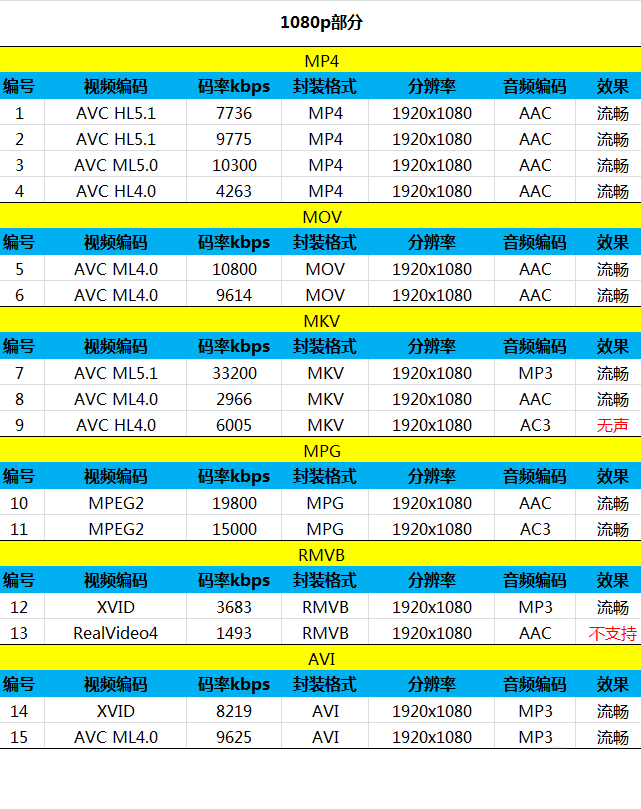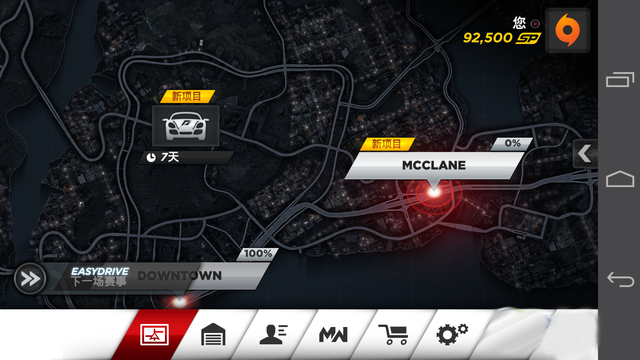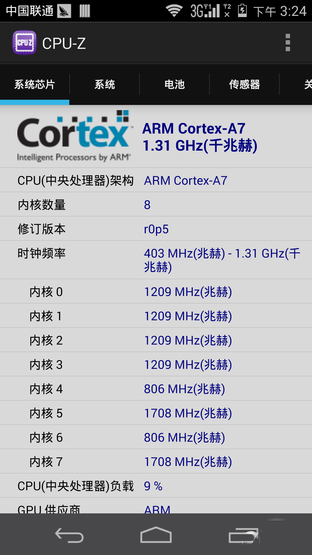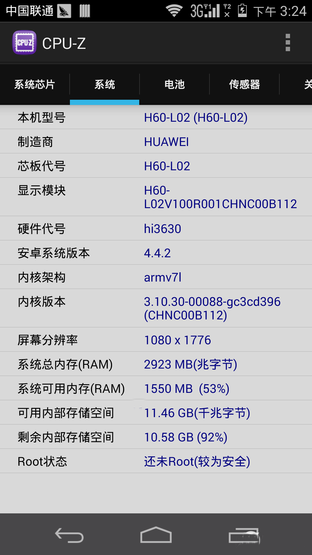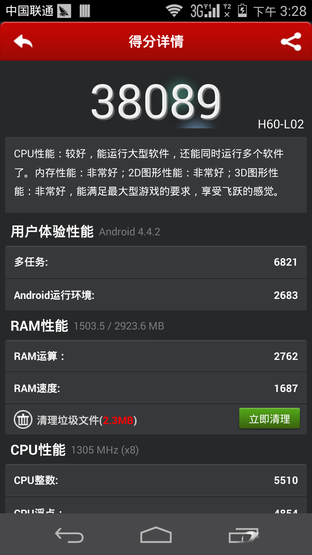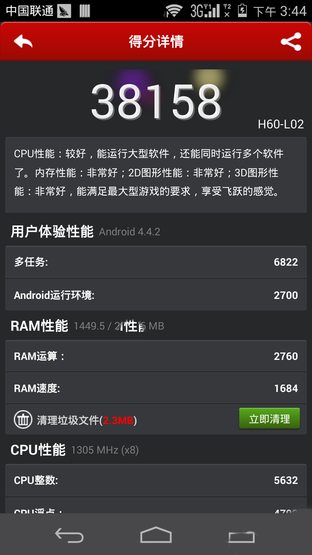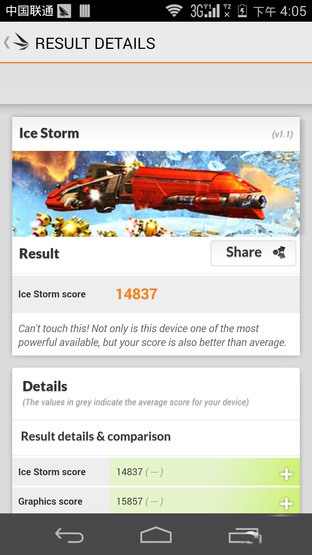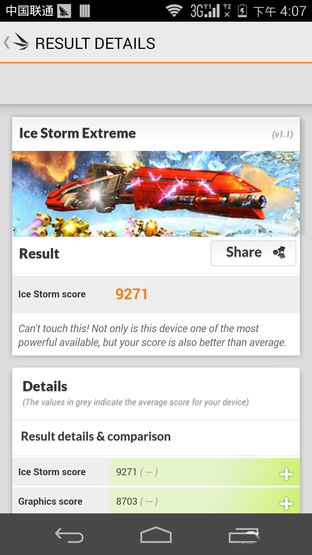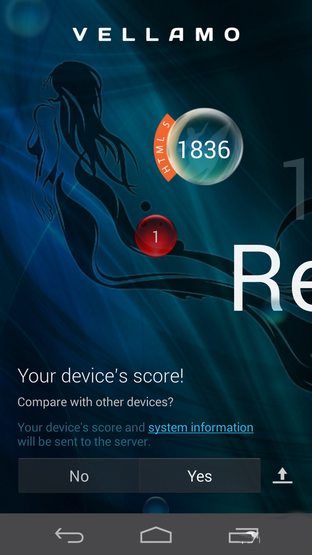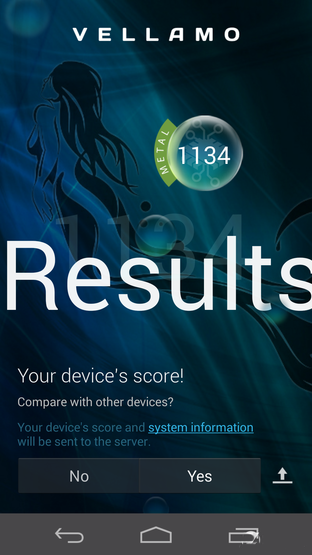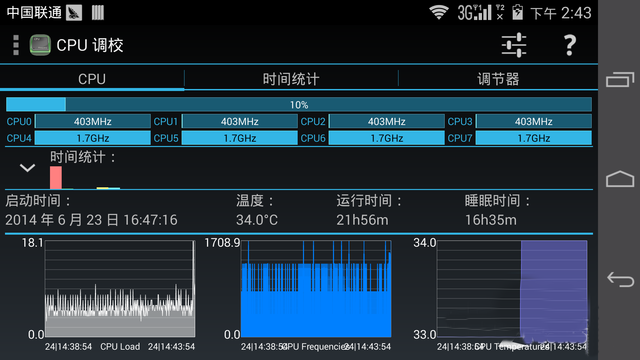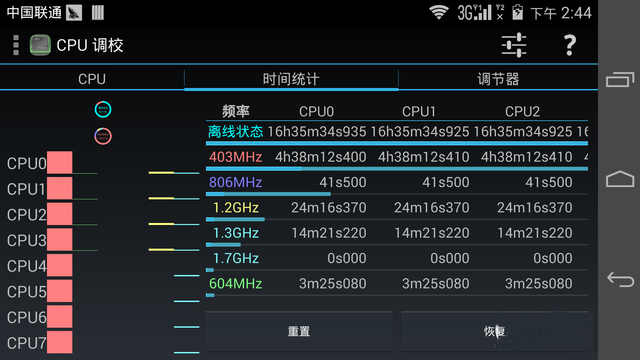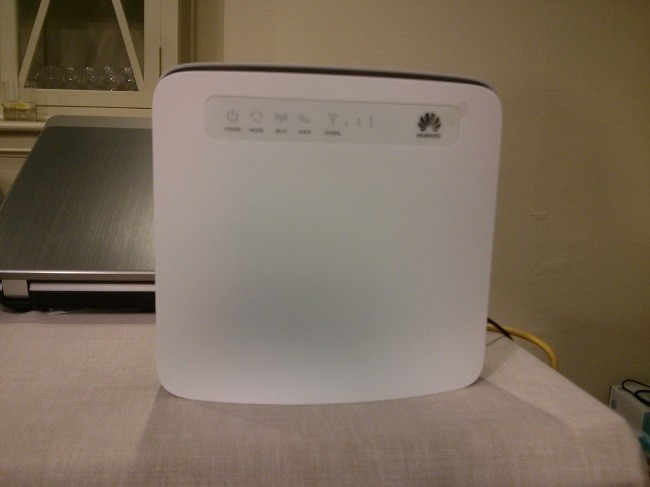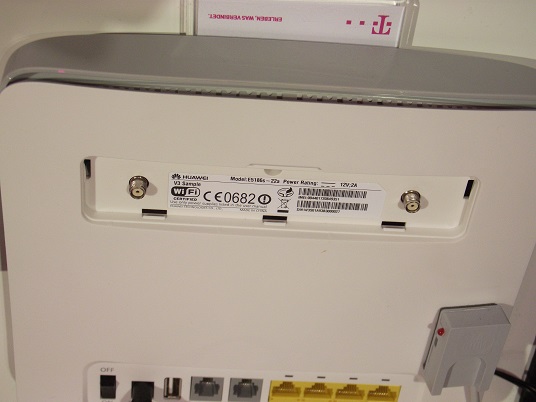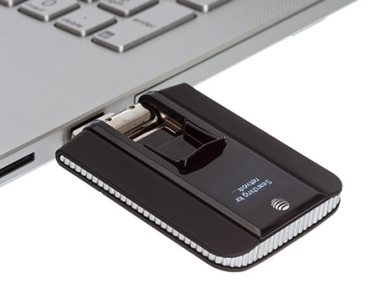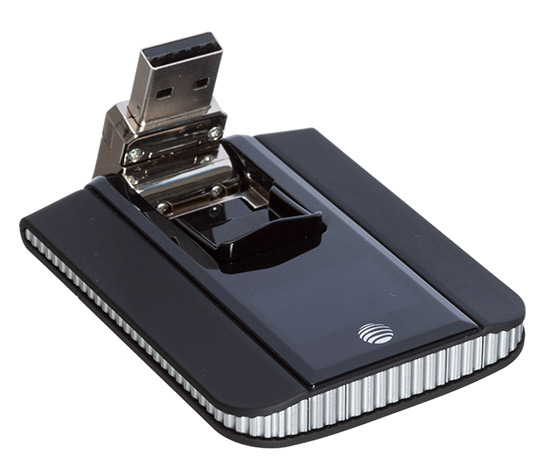The Vodafone K5150 LTE-Stick is available since August 2013, and allows for download speeds up to 150 megabits per second over the LTE mobile network. For this, the surf stick uses the Category 4 LTE technology, which was introduced LTE2600 in Vodafone network at the same time with the modem in the summer of 2013. You will learn more details on the new high-end Vodafone stick in the following overview.
| LTE features and characteristics of Vodafone K5150 | |||
| Manufacturer and factory model | Huawei E3276 | ||
| Download rate to | 150 Mbit/s | ||
| Upload rate to | 50 Mbit/s | ||
| Supported LTE bands | LTE800, LTE1800, LTE 2600 | ||
| Backward compatible with: | DC-HSPA+, UMTS, GSM frequencies (850, 900, 1800 and 1900 MHz) | ||
| MIMO Support: | MIMO 2×2 | ||
| Connector for external antenna | yes; 2 antenna sockets, type TS-9 available (Buy Vodafone K5150 Antenna) | ||
| Chipset: | HiSilicon Balong 710 | ||
| LTE category: | LTE modem, the category 4 (CAT4) | ||
| Others | |||
| Dimensions | 33.4 x 95.5 x 14.0 mm (35 grams) | ||
| USB standard | USB 2.0 | ||
| Memory card expansion | yes; MicroSD up to 32 GB | ||
| Compatible Operating Systems | Windows XP, Windows Vista, Windows 7 & 8, Mac OS (10.4 or higher) | ||
The design of the K5150 is in red and white combination of the Vodafone colors, so both the hardware and software are branded for Vodafone. A sim or netlock does not exist, so there is no problem for operation with cards from other operators compatible.
Technical Specifications
The USB port on the Vodafone K5150 is protected by a red plastic cap and cannot be folded or recessed into the modem. So if there is limited space around your PC, it would be sometimes quite annoying to plug the modem. The brother model Vodafone K5007 features a rotatable USB, which is more user-friendly. Technically, the K5150 is part of the upper class: LTE with up to 150 Mbit/s downstream and 50 Mbit/s in upload, provided that the mobile network and the tariff also allow such high speeds.
The usable frequency ranges of 800, 1800, 2100 and 2600 megahertz cover all previously used in Germany LTE frequencies. And the modem is also usable abroad. Of course, 2G GPRS/EDGE and 3G UMTS are supported, so you can even use the internet where there is no LTE network available. In the UMTS network, data accelerator DC-HSPA+ is used to produce up to 42.2 Mbit/s download and to 5.76 Mbit/s upload. The usable frequency bands are limited here to 900/2100 MHz.
Connections and extensions
On the side of the Vodafone K5150, Two ports for an external antenna are available, and there is a slot for MicroSD type memory cards, using which one can use the modem as a storage medium. Up to 32 GB can be upgraded. The software supports all major operating systems like Windows XP, Windows 7, and 8 as well as Mac OS X and provides a good overview of the important information such as the data usage and the reception strength.
Availability
The stick is available from Vodafone Germany. There is unlocked Vodafone K5150 available on 4gltemall.com without any contract. Without contract, users can use K5150 with almost all the 4G operators in Europe. It’s a good device to take when you travel around. The Vodafone K5007 stick, which are similar to the technical data here, but additionally feature a swiveling USB port.
